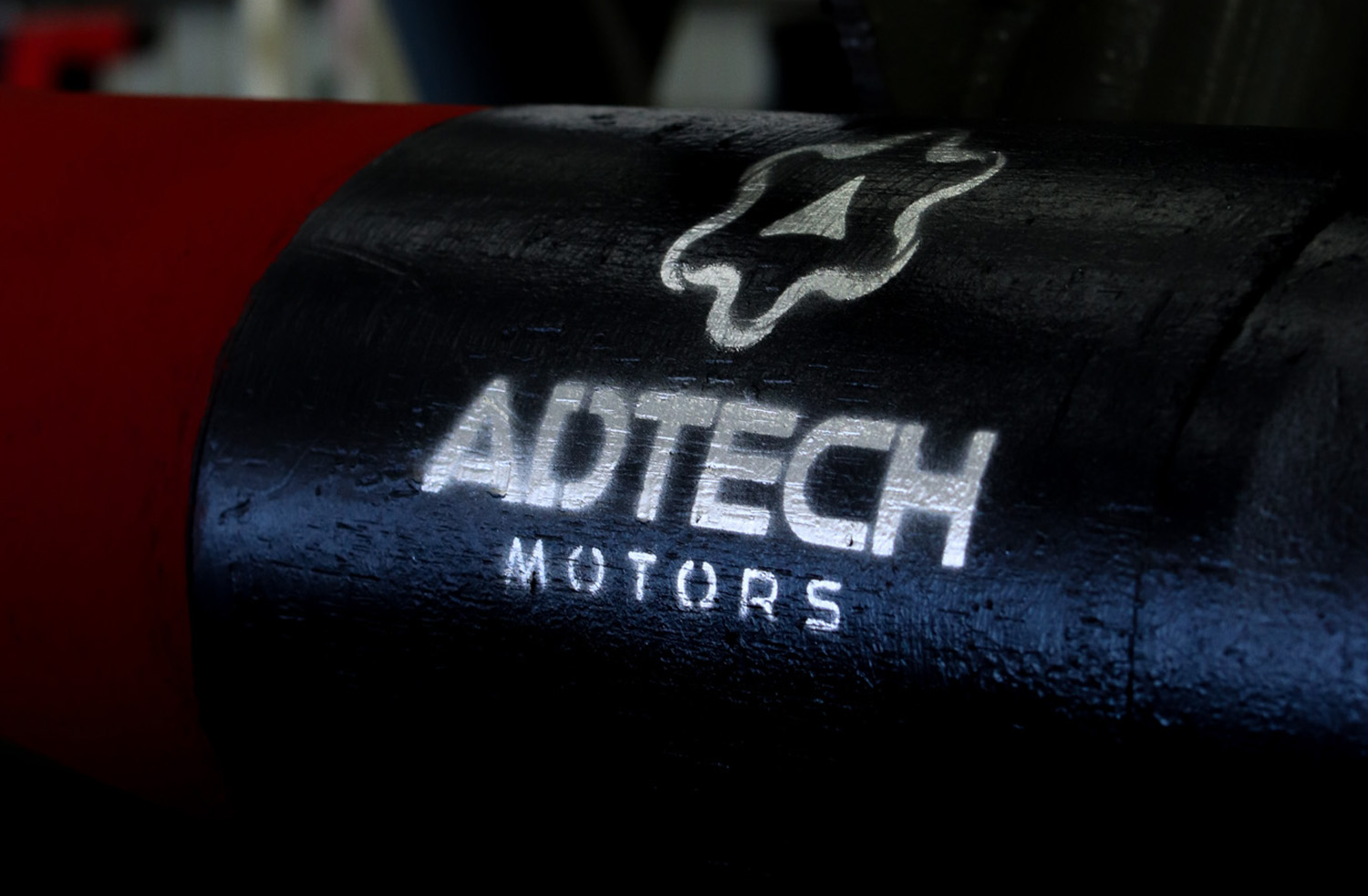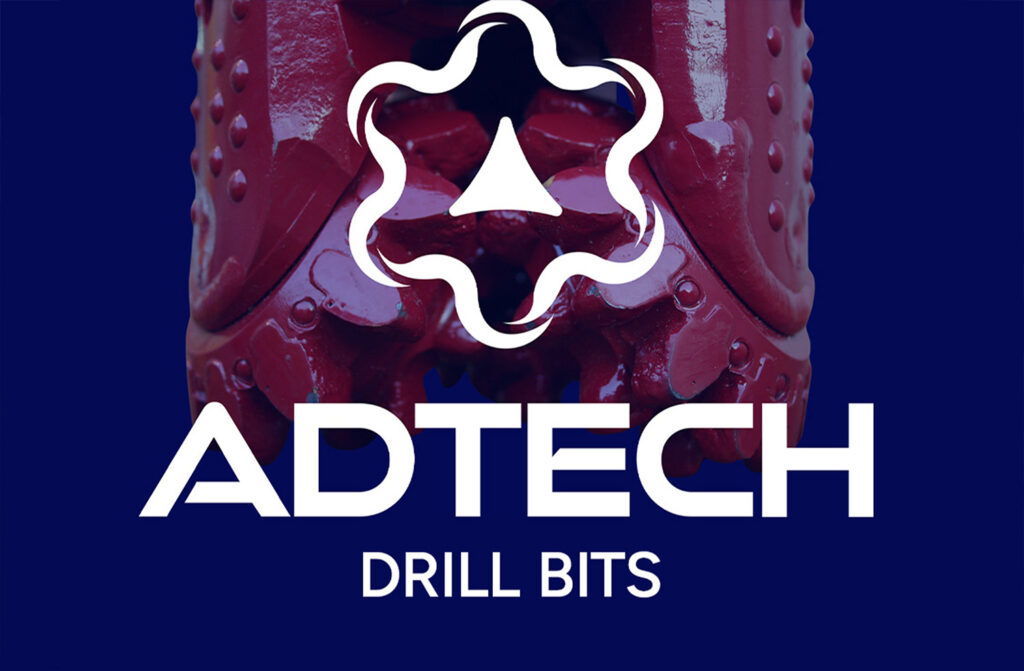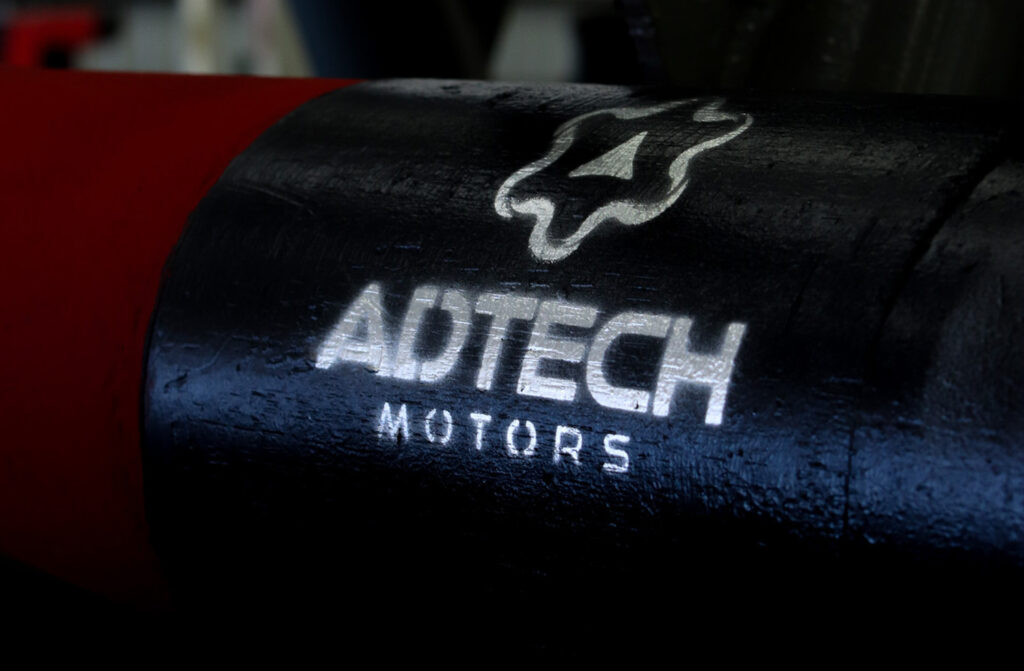1. Attach motor/drill bit to the sonde housing. Orient the sonde to the motor by turning the sonde to read 12 o’clock in line with the bend of the drill motor. (This bend will have a serial number and a small scribe line). Then attach the sonde housing to the drill pipe.
2. While you still have the motor on the surface, test the drilling motor by turning on your pumps, slowly at first, and then up to the desired GPM. Watch the pressure so that you don’t have anything plugged off. If your pressure goes too high stop pumping and troubleshoot as what problems there might be. If your tool is operating properly, turn off your pumps and proceed to step 3.
3. Trip to the bottom of the hole, when you tag bottom, stop. Pull back one or two feet, then turn on your pumps and go back to the bottom. At this point, you can either set your motor to steer by turning the pipe to the desired angle or just rotate the string and drill ahead. Now check the pressure (off bottom). This will be when you pull back one or two feet and then check your pressure when you go back and tag bottom. This is differential pressure. Note that when you tag bottom and start to drill, the drilling motor will drag down your rig pump rpm’s and you will have to turn up the pump’s rpm.
4. You can orient the tool while you are drilling. If you are rotating the string; leave your pumps on, stop rotating, orient your motor, and then start drilling without rotating.
Done for the day?
5. When you want to stop drilling for the day, and with the motor still in the hole, stop rotating, but leave your pump running. Clean up your hole by pulling back a few feet, with the pump still running and back down two or three times with the final time being pulled back. At this point you can turn off your pump for the night.
Please note that the drilling motor will turn in reverse causing the cuttings to be sucked up into the motor instead of pumping them out. If these cuttings are allowed to stay in the motor overnight, they will actually be like cement and halt progress.
6. When you are ready to trip out of the hole, follow the procedure above to clean up the hole. When you get to the surface, pump clean water through the motor to clean out any cuttings that might remain. Put the plastic caps back on the end.
7. While drilling and oriented – maintain your orientation, lock your drill pipe in the desired orientation, and maintain your differential pressure. When you need to rotate, pick the motor off the bottom (with pump running) to where you started your orientation run. Start rotating slowly (20 rpm) back through this section to the bottom and drill while maintaining the 20 rpm and same differential pressure. Orient at anytime – stop rotating, orient, and drill ahead.
Possible Problems Encountered:
Don’t have a flow meter? Can’t tell how much flow you’re actually pumping? Turbines Inc. in Altus, OK has inline meters that work very well with the boring applications. We highly recommend these meters.
Can’t get enough pressure to run the motor? Your pump has something under a valve and isn’t running efficiently. Check out your pump.
Pressured up and won’t pump? You have a blockage somewhere, the stator on the motor could have a piece come off of it or something went through the system to the motor, sonde housing, or bit.
Contact Us for more information!
Contact, Email and Call us anytime, 24/7 call answering service will find someone to answer your questions and get you drillin’.
Thank you for the support!




